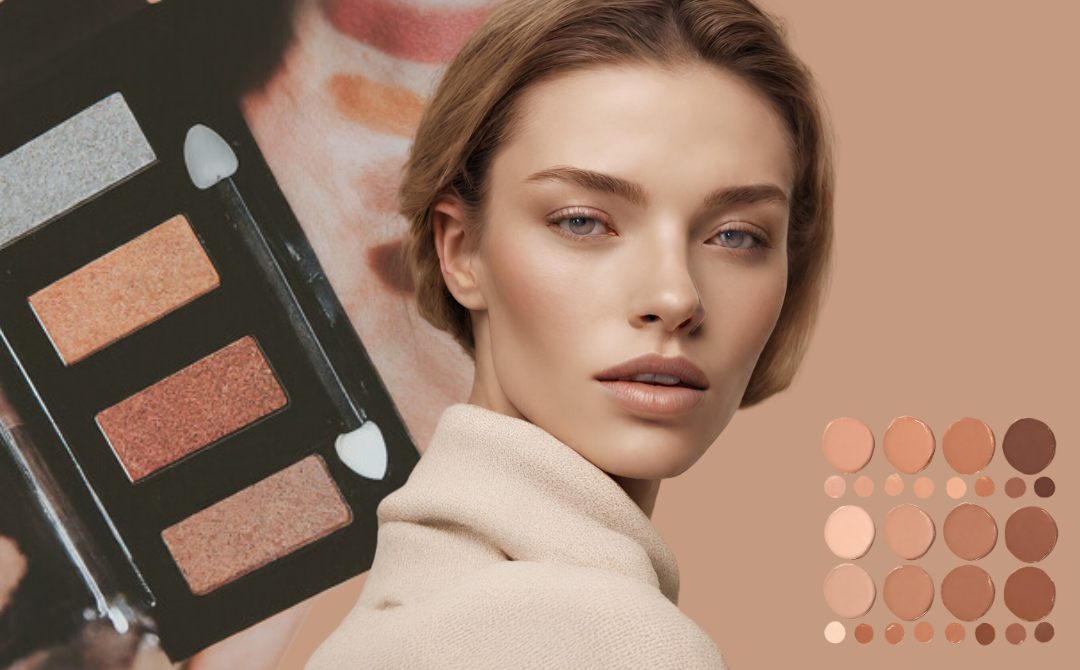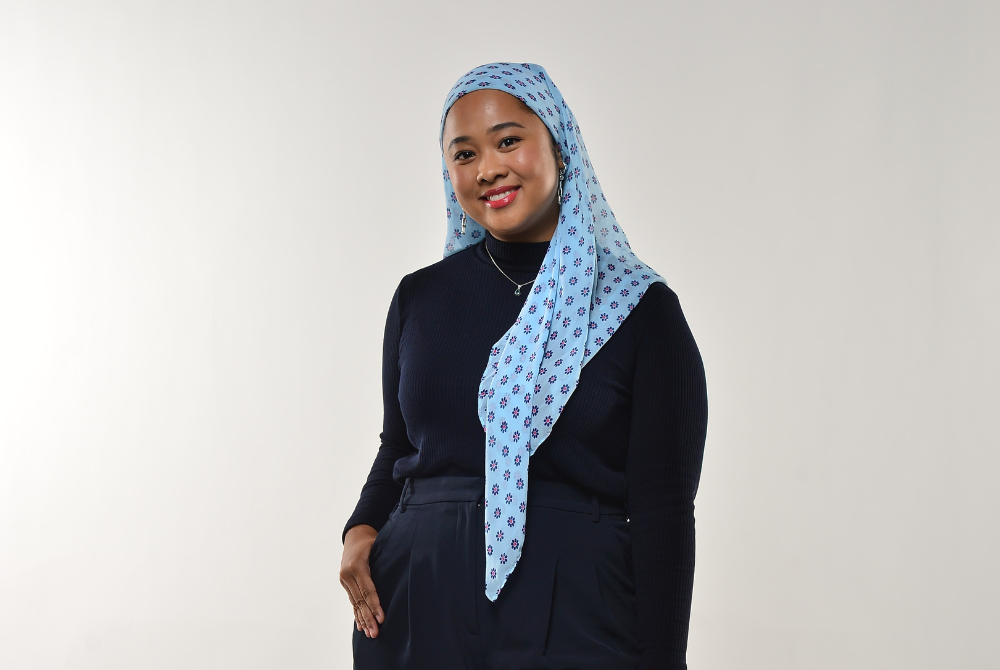Are you warm or cool tone? Ditching the Malaysian skin undertone misconceptions
The palm test may reveal the colour of our skin's surface, but it doesn't accurately determine our undertones, which are essential for colour matching in make-up and fashion.
SHARIFAH SHAHIRAH
Have you ever considered what undertones your skin possesses, whether they lean towards warm or cool tones? Perhaps you've come across videos demonstrating how to determine undertones using the palm method.
According to renowned make-up artist and colour analysis expert Nabilah Nordin, the palm test may not be effective for Asians due to the prevalence of olive overtones in our skin.
She said that while the palm test may reveal the colour of our skin's surface, it doesn't accurately determine our undertones, which are essential for colour matching in make-up and fashion.
"When it comes to undertones, it's important to remember that they're invisible. Just because we have brown skin doesn't automatically mean we have warm undertones.
“People can't see undertones, they can only be determined through fabric draping. Through this process, individuals can discover whether they have warm or cool undertones," she said in a recent conversation.
Nabilah also pointed out a common misconception that many assume brown skin equates to warm undertones.
She added that warm make-up, such as brown eyeshadow, peachy blush, and orange lipstick, is popular in Malaysia because people often believe they have warm undertones.
Additionally, she highlighted that in Malaysia, terms like 'Kuning Langsat' and 'Sawo Matang' are used to describe skin tones with more yellow undertones, but having more yellow in the skin doesn't necessarily mean warm undertones.
“Warm make-up is the kind of make-up that a lot of people go for, and think is the most natural.
“However, you'll be surprised that there are more people who have cool undertones despite having brown skin,” she added.
Citing herself as an example, she highlighted that despite her tan skin, she has cool undertones. Consequently, she finds that pink lipstick, blush, and eyeshadow suit her better.
Nabilah said that for her, grey eyeshadow appears more natural than brown. She added the common perception of brown make-up being considered natural, warm, and universally flattering.
However, she advised people to experiment with some cooler colours just to see if they complement one's features. Some may be surprised to find that shades like pink blush and rosy lips can look flattering.
When discussing make-up selection for different skin tones, ranging from very fair to very dark, she emphasised the importance of focusing on what colours suit individuals rather than solely considering skin tone.

Some and some people even though people, even though they're very fair, and some people even though they're very dark, can have the same make-up look because maybe they share the same undertone. Some people, even though they're dark, do not necessarily have to wear really strong and bold make-up.
She stressed that some individuals, regardless of whether they are very fair or very dark, may share the same make-up look if they have similar undertones. Even those with darker skin tones don't necessarily need to wear strong and bold make-up.
"Some people with darker skin can also pull off very soft, natural make-up. And someone who's very fair doesn't necessarily have to go for soft make-up.
"Some individuals, even if they're very fair, may require more colours on their face and heavier application. So, for me, I believe the key here is not to focus too much on the skin tone itself," she added.
Nabilah said she focuses more on the contrast of her clients' features as she examines the strength of their brows, eyes, lips, and bone structure to determine which features stand out. Based on this analysis, she adjusts the make-up and, accordingly, chooses slightly stronger colours with minimal application on prominent features.
She stressed that while many discussions centre on skin tone, the focus should also include facial features. For her, assessing the features takes precedence.
Additionally, she highlighted that skin tone isn't a significant concern; rather, it's about harmonising colours and foundation to match the skin tone and prevent a greyish appearance. However, the overall make-up look is tailored based on the contrast of the client's facial features.
Nabilah emphasised how she identifies suitable make-up by observing their facial features. She said that over time, she has developed an eye for it through experience.
She said that people don't study faces as she does, so when she mentions someone having a high-contrast face, others might struggle to understand why nude lips wouldn't suit them due to their darker lip shade.
Hence, she suggested that the closest reference for understanding the contrast of people's faces can be found in TikTok trends, specifically those discussing low visual weight and high visual weight.
"In the context of visual weight, individuals with high visual weight typically exhibit dark brows and eyes, whereas their skin might be pale or their teeth exceptionally white.
"In contrast, individuals like me with low visual weight, don't have significant contrasts between our brows and skin tone, Therefore, softer make-up looks better on someone like me, I can't pull off heavy contouring," she added.
She said her process for determining suitable make-up for clients, before the session, she would usually request a selfie from them before the session to study their features.
She emphasised when she examines the selfie, she pays attention to how they apply their make-up, such as eyeliner and lipstick choices, to find what suits them best.
Nabilah highlighted that if she sees a selfie where the client is wearing a flattering red lipstick, for example, she'll aim to enhance that look.
However, if the selfie shows a nude lip colour that makes the complexion appear dull, she'll note that the colour isn't working well.
“I believe she might need something a bit different. For instance, if she's wearing orange lipstick and looks dull, maybe she should try a cooler lipstick colour to enhance her beauty.
"So, I always study their pictures before our session, so that I can see it,” she said.
From there, she can either enhance whatever they're already doing because it works, or she might need to try something different to bring out more glow.














